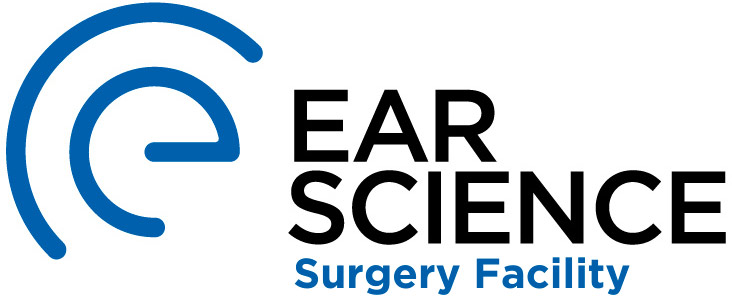Treatment with Professor Atlas and the Team
Professor Marcus Atlas’ work is internationally recognised, extensively analysed and published in medical journals. Patients are presented with all available options, informed about all fees and treated with the highest level of care.
Between our expert team of surgeons, surgeon scientists, audiologists and radiologists, you can rest assured that you’re in the very best hands. We’ll make sure you’re given the knowledge and confidence to make the right choice for you.
The team are all highly accomplished and ultimately dedicated to improving your life through better hearing.
Enquiries
If you have an enquiry about any treatment options, please contact us.
Click on the headings to view the page
Hearing Tests
Did you know there are different types of hearing tests? Depending on which practice you visit, you could receive a free basic hearing screening or a comprehensive (full) hearing test. Professor Marcus Atlas and the Ear Science Surgery team always perform comprehensive hearing tests to get a full picture of your hearing.
Hearing Rehabilitation – Better Hearing for All
Understanding the cause of hearing loss is vital for prevention and treatment. Whilst hearing loss is either conductive (middle and external ear) or sensorineural (cochlear hair cell or cochlear nerve), knowing the cause helps to predict how the condition will progress and what the best treatment options are.
Hearing Devices – Hearing Aids to Cochlear Implants
When looking at hearing rehabilitation, it’s vital to get the diagnosis right. At Ear Science Surgery, Professor Marcus Atlas and the Ear Science team will give your diagnosis the time and care it requires.
Otosclerosis
Otosclerosis is a condition where abnormal growth in the tiny bones of the middle ear leads to the stapes bone becoming fixed in place. The stapes bone must move freely for the ear to work properly and hear well.
Chronic Middle Ear Diseases
Chronic Middle Ear Disease occurs after repeated middle ear infections, also known as Otitis Media. The symptoms vary greatly, but can include ear discharge, hearing loss, dizziness and tinnitus (ringing in the ear).
Cholesteatoma
A cholesteatoma is an abnormal skin growth in the middle ear behind the eardrum. Repeated infections can allow skin to build up in the middle ear. The growth, however, is not cancerous. Cholesteatomas often develop as cysts or pouches that shed layers of old skin inside the middle ear. Over time, the cholesteatoma can grow and damage the surrounding delicate bones of the middle ear. This can lead to hearing loss that surgery can often improve.
Otitis Media
Otitis media is a condition often seen in children (but can occur in adults) where chronic ear infections lead to fluid build-up in the ear. The condition is commonly known as ‘glue ear’, and can be painful, causing inflammation and sometimes fever.
Perforations of the Eardrum
The eardrum is connected to the nose by the eustachian tube, which equalizes pressure. A perforated eardrum occurs when the thin membrane separating the ear canal and the middle ear (the eardrum) ruptures, or a hole forms. The perforation almost always causes some degree of hearing loss.
Ear Canal Disorders
Professor Marcus Atlas and the team at Ear Science Surgery treat many cases of ear wax and exostosis. Both conditions can be challenging for the patient, but can be treated - and even prevented.
Ear Wax
Ear wax (or cerumen) is a natural substance produced in the ears of many mammals, including humans. Despite popular beliefs, it helps keep our ears clean by filtering out dust, debris, and other substances like shampoo.
Exostosis
Exostoses are slow-growing bony lumps in the ear canal. People who regularly get water in their ears are more likely to get exostoses, which is why it is often called swimmer’s ear or surfer’s ear.
